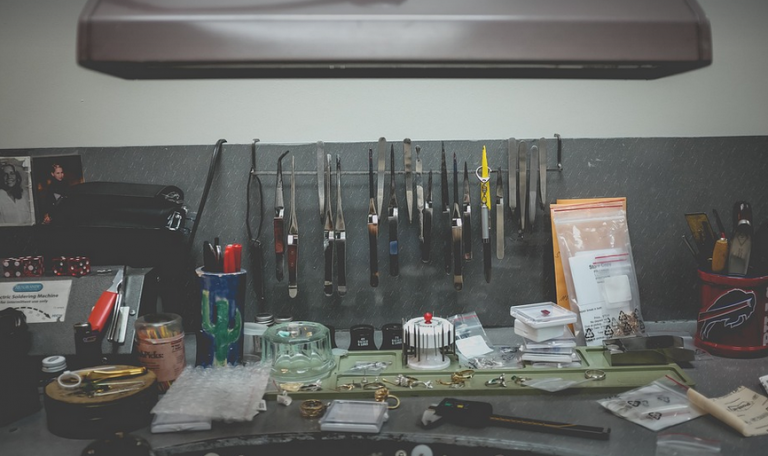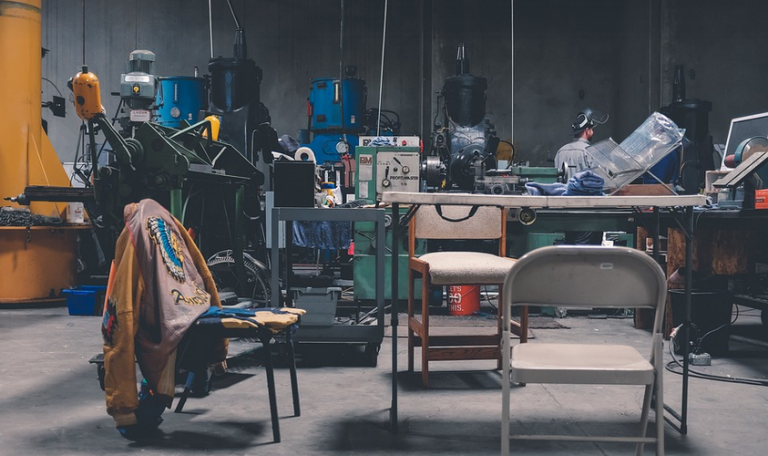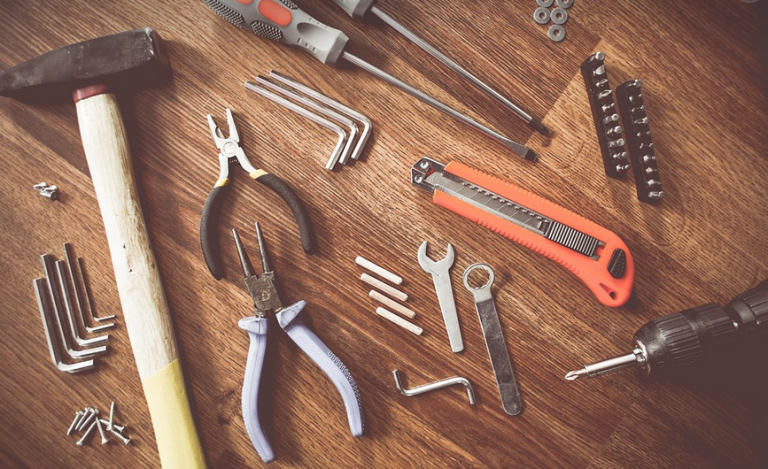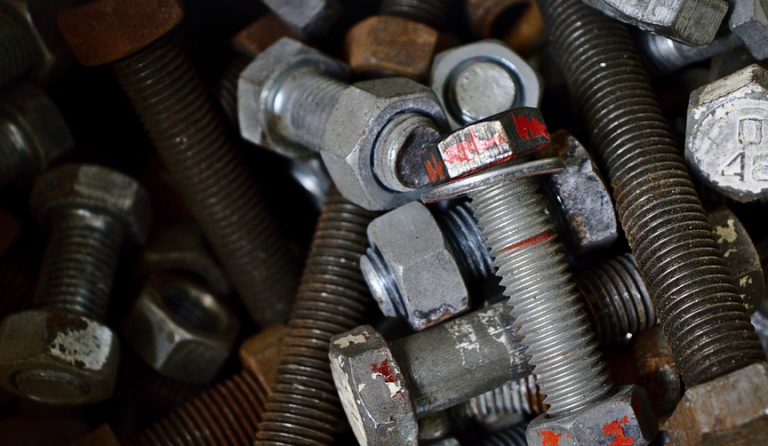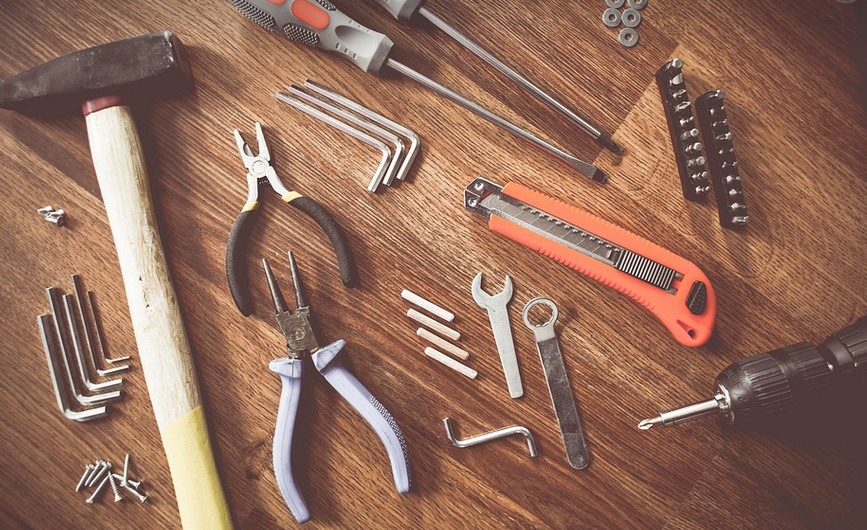
A Warm Welcome to the World of Overheating
So you’ve noticed that annoying little red light on your Mini Cooper dashboard, flashing like a beacon of warning. It’s the “Overheating” indicator, and it’s not just a formality – it means your engine is pushing its limits in a way it’s not meant to handle. It could signal an issue ranging from a minor inconvenience to a potentially serious problem if left unchecked.
Before you panic (or ignore the warning), let’s dive into the common culprits behind this light, understand why it appears, and discover some straightforward solutions to keep your Mini running at its best. Remember, prevention is always better than cure.
Understanding The Overheating Light: What To Do
The first thing to do when that red alert pops up is pull over safely and let your engine cool down. It’s a crucial step before attempting any further action. Your Mini Cooper has built-in safety mechanisms to prevent damage, but it’s essential to respect the warning sign.
As you pull over, engage in some basic checks: If you see steam coming from under your hood, be extra cautious and park somewhere safe until you can get help. You might have a leak or an issue with the coolant reservoir which could be dangerous.
Why Does the Mini Cooper Overheating Light Flash?
There are several common reasons for why your Mini Cooper’s “overheating” light comes on, and they often stem from one of these major issues. The most frequent culprits include:
- An Inadequate Coolant Level: The coolant is the lifeblood of your engine, keeping it cool and allowing for optimal performance. If your level is low, or if some parts are damaged, heat can build up.
Your Mini Cooper’s cooling system has a sophisticated design to maintain the perfect temperature. It includes a radiator, coolant pump, thermostat, and intricate network of hoses and sensors that work together to regulate engine temperature.
Common Causes of Mini Cooper Overheating
Let’s break down some of the most common reasons for your Mini Cooper’s “overheating” light to come on:
- Low Coolant: This is one of the most frequent causes. A simple check by looking at the coolant reservoir level can often reveal a problem.
- Damaged Cooling System Components: Leaks in hoses, a faulty thermostat, or even broken water pump can all lead to overheating. A visual inspection will help determine if there are any signs of damage, like leaks or strange noises from the engine.
- Blocked Radiator: Dirt and debris can clog your radiator fins. When these blockages cause airflow restriction, it leads to inefficient cooling of the vehicle’s engine
- Faulty Thermostat: A malfunctioning thermostat prevents the coolant from flowing properly through the system, causing the engine to overheat.
- Blocked Air Vents and Coolant System Leaks: A blockage in your air vents can restrict airflow, leading to overheating. This issue is often visible with leaks or cracks in the radiator or heat exchanger
Addressing Mini Cooper Overheating Issues
Now that we’ve identified potential culprits, here’s a step-by-step guide on addressing the problem:
1. **Check the Coolant Level:** If you suspect low coolant, top it up using distilled water and antifreeze in accordance with your Mini Cooper manual. It’s always best to consult your owner’s manual for exact recommendations.
2. **Inspect the Radiator and Hoses: Look out for any visible leaks or signs of damage. Any cracks or bulges can be a sign that your radiator needs replacement.
3. **Flush the Coolant System:** For optimal performance, consider flushing the coolant system as part of routine maintenance. This will remove old coolant and rust, ensuring fresh coolant flows more efficiently. Consult your Mini Cooper manual for details on the flush process.
4. **Check the Thermostat:** If you suspect a faulty thermostat, it’s best to replace it with a new one. This can be done by a professional or yourself if you feel confident with these tasks (always consult an owner’s manual for detailed instructions).
The Importance of Preventive Maintenance
While some causes are temporary and easily remedied, others require regular maintenance to prevent recurring issues.
Here’s what you can do to ensure your Mini Cooper stays cool:
- **Regular Coolant Flush:** As mentioned earlier, flushing the coolant system is crucial for maintaining optimal performance. Your Mini Cooper owner’s manual should provide the recommended interval.
- **Check Engine Coolant Level:** It’s important to check your coolant level regularly and top it up as necessary.
- **Air Filter Replacement:** A clogged air filter can restrict airflow, leading to overheating. Consider replacing the air filter every 12,000-15,000 miles.
Final Thoughts on Preventing Overheating Light
The Mini Cooper’s “overheating” light serves as a vital safety mechanism that prevents significant damage to your engine. Remember that regularly checking the coolant level and performing routine maintenance like a flush can significantly prevent these issues.
Should you encounter any further difficulties or concerns, consulting with a trusted mechanic is always a wise decision. They can provide expert diagnosis and ensure your Mini Cooper stays in top shape!
